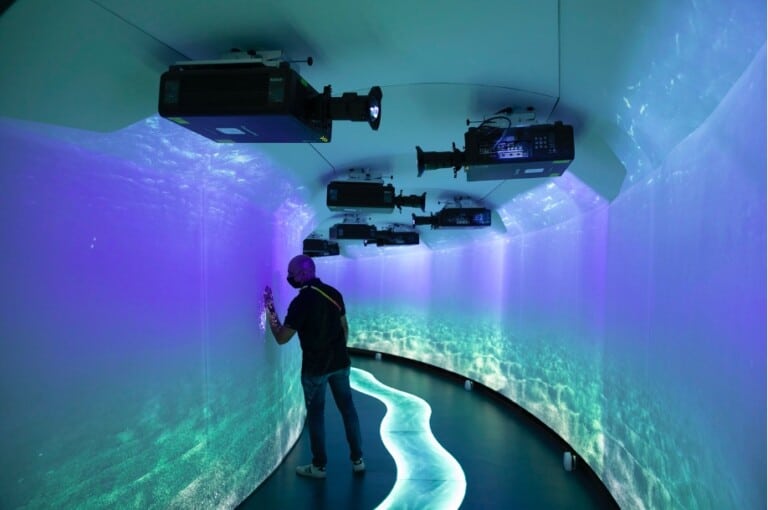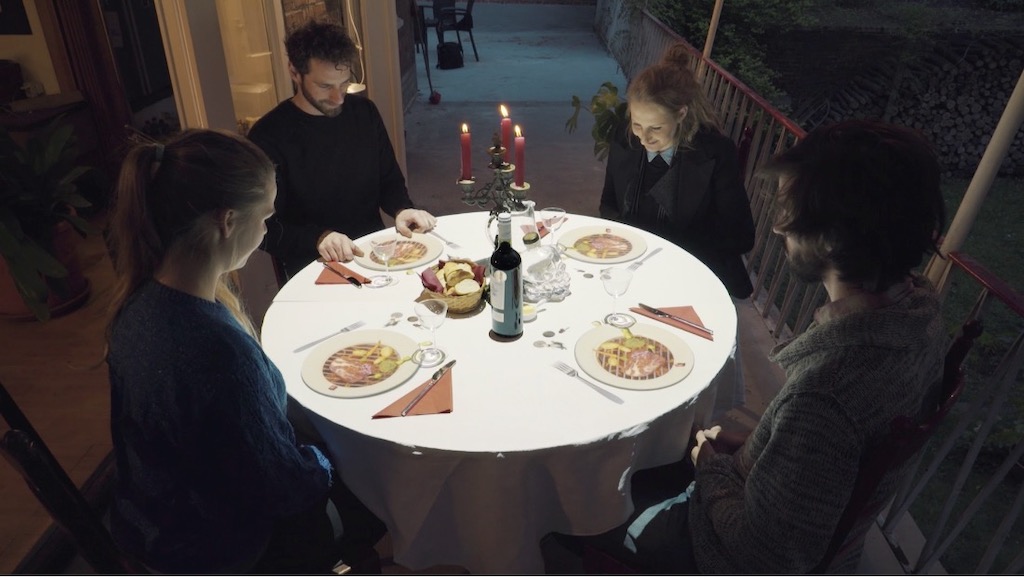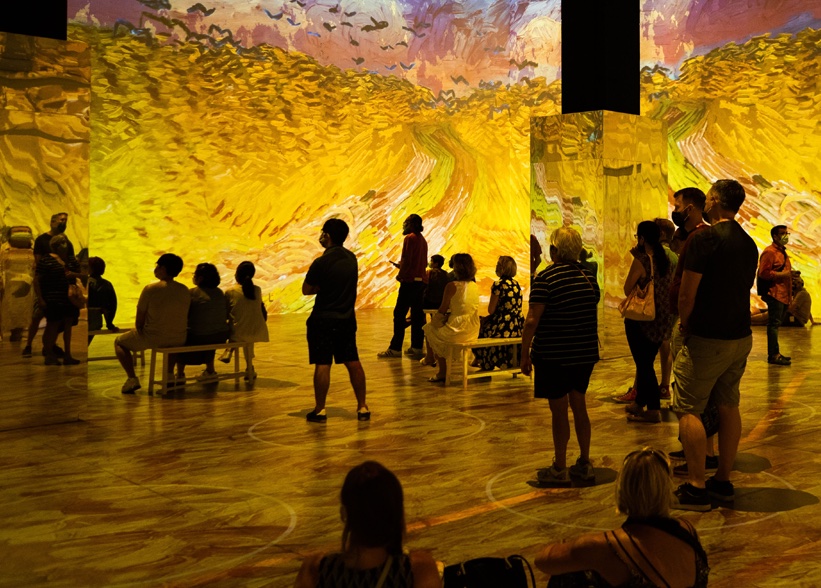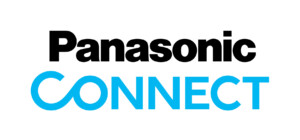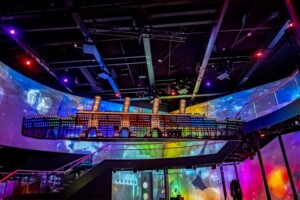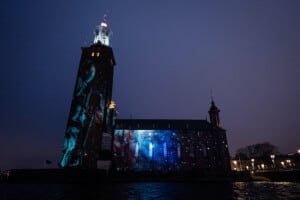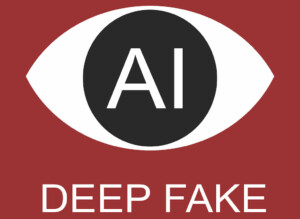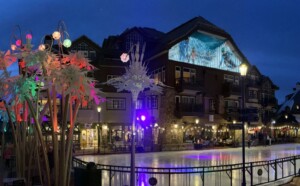You spoke about how projection mapping could be an important element in the future of theme parks but how else do you think it might impact our lives?
Another fascinating future for projection mapping might be the impact it could have on our daily lives. The technologies are becoming more and more affordable and pervasive as they develop and become increasingly affordable. It means that projection mapping could now be used for a much wider range of uses.
Imagine projection mapping is used to enliven the more boring aspects of our day-to-day lives. For example, wouldn’t it be great to see live 3D maps showing the buses in the city and their progress as you wait at the bus stop? How about projecting clothes onto our image in front of the mirror to see if they suit us?
Several years ago, Panasonic projectors were involved in putting an animated chef onto the plates of restaurant guests while they waited for their meals. Today, the progress of immersive restaurants has been rapid and they are becoming increasingly popular. Now it’s not just projection onto a plate but transporting your guests into the virtual world of the themed restaurant as you tantalise their taste buds.
What’s enabling the use of this technology in a wider setting?
There are several factors. The latest projectors can deliver a much more powerful visual punch in a more compact unit. This makes them easier to position in more confined spaces.
Innovations, such as our Ultra Short Throw lenses, also enable immersive projection to be delivered in much smaller and awkwardly shaped rooms. It means issues like shadowing – which have often broken the realism of the projection for an audience in the past – can be overcome.
Any other areas where projection mapping might change our view of the world in the future?
Another area where projection mapping is already starting to change our view of the world is art. Throughout history, artists have used different materials to experiment and create art, from paints to bronze. Today artists are also beginning to experiment with projection mapping and other technologies to create new works of art.
Initially, artists looked to recreate the work of past masters like Van Gogh through projection mapping. They changed our view of famous works by making them larger or by placing us in the artwork. But in the future, projection mapping will be used to create new works.
Examples of pioneers in this area include Bart Kresa with his Sviatovid sculpture using fibreglass and projection mapping. The use of Artificial Intelligence applications to create new art has also recently hit the headlines. Imagine combining the latest AI and projection mapping capabilities with the imagination of a modern artist. Now that’s something that I would like to see!
Find out more
To discover more about the projection technology behind some of the greatest immersive experiences in the world and what might be best for your location in the future, please click here.
Read part one of this discussion here
